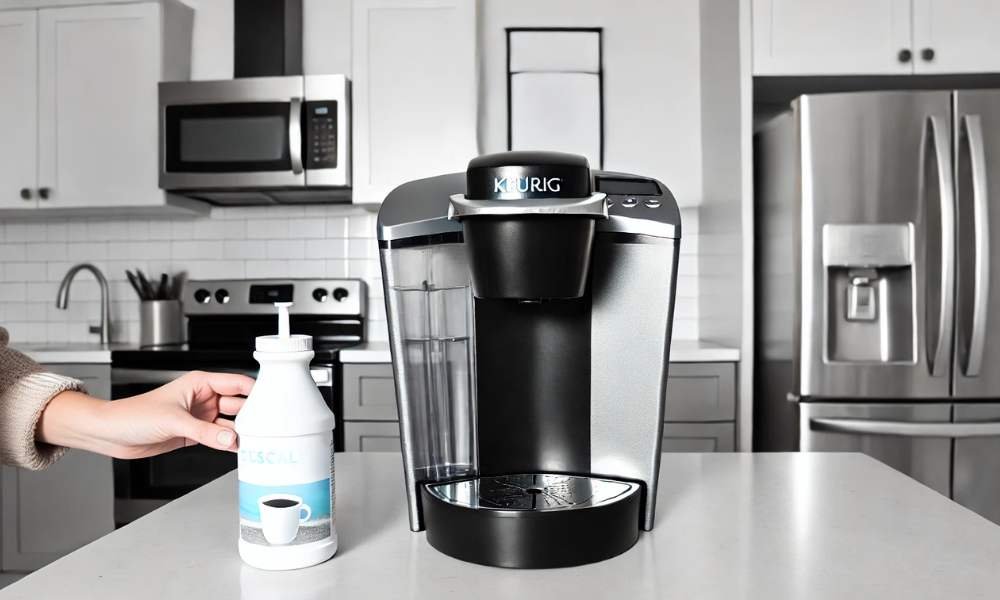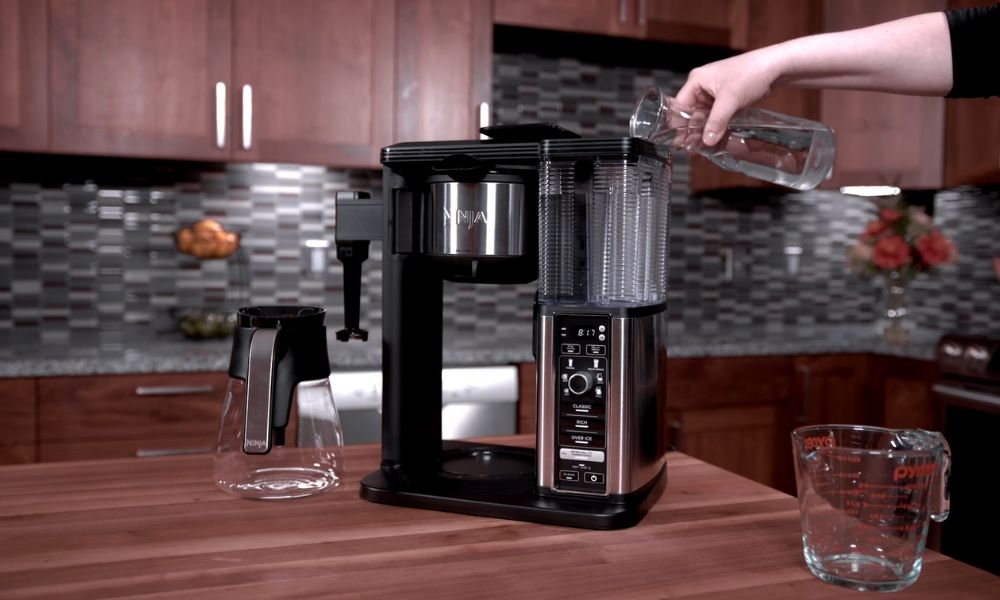Keeping your Keurig coffee maker in pristine condition not only ensures a perfect cup every time but also extends its lifespan. Descaling, an essential renovation challenge, eliminates mineral buildup that can affect your gadget’s performance and espresso flavor. Whether you’re a daily user or brew occasionally, understanding descale your Keurig coffee maker can save you time and money, preventing common operational issues. In this manual, we’ll stroll you through the easy steps to descale your Keurig, talk about the significance of everyday preservation, and recommend some descaling answers. Perfect your brew and make certain your Keurig runs smoothly with these expert tips.
Understanding The Importance Of Descaling
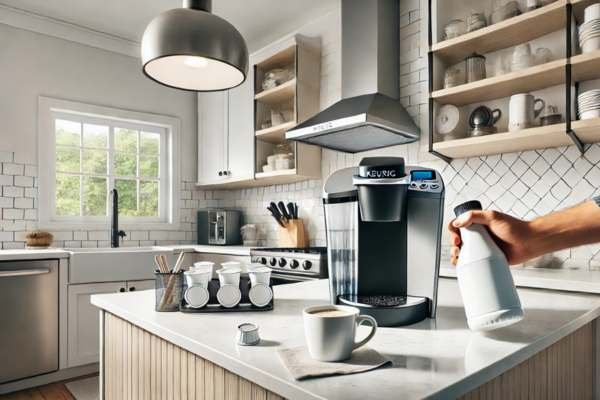
Descaling is not just a suggestion; it’s a necessity. Each time you brew, water flows through the system, leaving traces of calcium, magnesium, and other minerals. If left unchecked, these minerals form deposits that can impede the flow of water, stretch brewing times, and eventually degrade the quality of your coffee. With descaling, you’re performing a deep cleanse, stripping away these unwelcome layers and breathing new life into your machine. It’s the invisible maintenance that keeps your coffee maker performing at its best.
Why Descaling Your Keurig Coffee Maker Is Essential
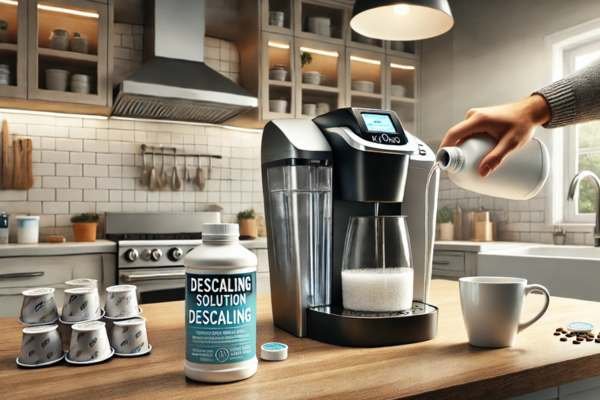
Descaling isn’t just about flavor; it’s about prolonging the life of your Keurig. Mineral deposits are no mere surface issue—they reach into the heart of the machine, threatening the heating element, pump, and other internal components. These parts are designed to work with smooth, unrestricted water flow, and over time, deposits can cause costly breakdowns. Regular descaling doesn’t just preserve your machine; it preserves your investment, keeping your Keurig from joining the ranks of forgotten, failed appliances.
What Is Descaling And Why Does It Matter?
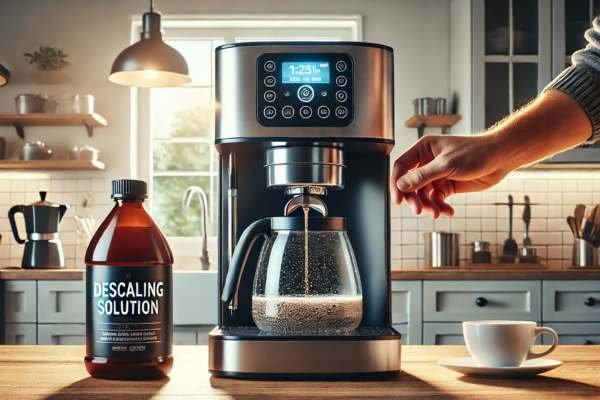
Descaling is a process of removing mineral buildup that gradually forms on the interior surfaces of your best coffee maker. Tap water, carrying minerals like calcium and magnesium, passes through the machine, leaving behind a residue on components such as the heating element and water lines. These deposits accumulate, gradually narrowing the pathways and reducing the water temperature. descale your Keurig coffee maker dissolves these minerals, flushing them out and restoring the system to its optimal state. Using a mix of white vinegar and water or a specialized des caling solution, you can easily cleanse your Keurig and keep it functioning as intended.
Tools And Supplies Needed To Descale Your Keurig Coffee Maker

For a successful descaling session, gather these essential items:
– White vinegar or a commercial descaling solution: A natural, affordable cleaner, vinegar is ideal for removing mineral deposits. Alternatively, Keurig-specific descaling solutions are available if you prefer a commercial option.
– Fresh water: Rinsing is crucial to removing all descale solution traces from your machine.
– A large cup or bowl: Place this under the spout to catch the solution as it cycles through.
– A soft cloth: Perfect for wiping down surfaces and finishing up the process.
Prepare Your Keurig For Descaling
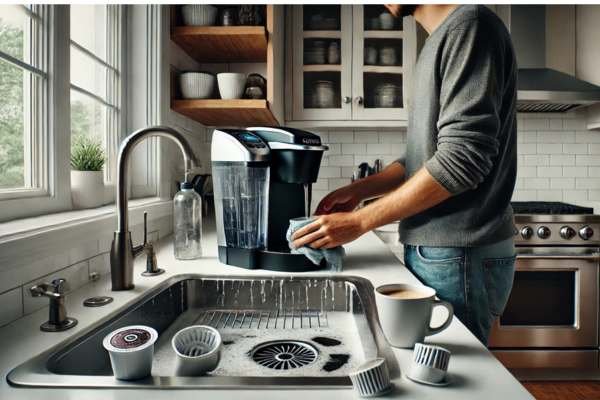
Begin by unplugging the machine and clearing out any remaining K-Cups. Empty the water reservoir entirely, and detach removable components like the drip tray and K-Cup holder for cleaning. Give these parts a good wash and replace them afterward. Make sure the coffee pod holder is empty, as the descaling process will involve running water through the machine without a pod in place.
Create Your Descaling Solution

To make an effective descaling solution, combine equal parts of white vinegar and water. If you prefer, you can use a commercial des caling solution specifically formulated for Keurig machines. Pour the solution into the water reservoir, filling it to the maximum line. The acidic properties of the vinegar will dissolve and loosen the mineral buildup inside the machine.
Run The Descale Cycle On Your Keurig

Plug your Keurig back in, place your cup or bowl under the spout, and power it on. Select the largest brew size and begin the brewing cycle. This step will push the vinegar solution through the machine, loosening mineral deposits as it flows. Continue running cycles until the reservoir is empty, then allow the machine to rest for approximately 30 minutes. This pause allows the solution to settle, breaking down any remaining buildup.
Rinse And Repeat For A Thorough Clean
Once the initial cycle is complete, it’s time to rinse. Refill the reservoir with clean water and run multiple cycles until all traces of the vinegar are gone. Continue rinsing until the dispensed water is clear and free from any lingering vinegar scent. This thorough rinse is essential to ensure that no residue remains, which could impact the flavor of your next brew.
Clean The Water Reservoir And Other Components
After descaling, remove the water reservoir and wash it with warm, soapy water. Clean other detachable parts as well—the drip tray, the pod holder, the lid. Finish by wiping down the exterior of your Keurig with a damp cloth to remove any stray splashes or residue. This simple routine keeps your machine looking fresh and operating efficiently.
Benefits Of Regular Descaling For Your Keurig
Descaling your Keurig regularly brings tangible benefits. Not only does it enhance the flavor and quality of your coffee, but it also ensures optimal water flow and heating consistency. A well-maintained machine brews more quickly and with less strain on its internal components. By descale regularly, you’re investing in the machine’s performance and extending its lifespan, making each cup as satisfying as the last.
Maintaining Your Keurig Coffee Maker After Descaling
To reduce the frequency of descaling, consider using filtered water, which contains fewer minerals than tap water. Running a rinse cycle after brewing flavored or sugary drinks helps prevent residue from building up. Regularly cleaning the detachable parts and the water reservoir can also help maintain the machine, reducing the need for intense cleaning sessions in the future.
Common Descaling Mistakes To Avoid
Avoid using abrasive cleaners or scouring pads on your Keurig, as these can damage the machine’s surface. Stick to the recommended vinegar-to-water ratio; using a stronger solution may be too harsh, while a weaker one might be ineffective. Additionally, take your time—rushing the process by skipping the soak time can leave deposits behind. Follow the descaling instructions carefully for the best results.
Troubleshooting Descaling Issues In Your Keurig
If your Keurig doesn’t seem to run smoothly after descaling, it may need another cycle. Stubborn deposits sometimes require a second treatment to fully break down. If you notice any issues with water flow, check the exit needle for clogs. Finally, refer to your machine’s manual for model-specific troubleshooting tips, as different models may have unique requirements.
FAQ
Can I Use My Keurig Right After Descaling?
It’s best to wait until you’ve thoroughly rinsed the machine. Running several cycles with clean water ensures all descale solution is removed, preventing any lingering taste from affecting your coffee.
Conclusion
Descale My Keurig Coffee Maker is crucial for maintaining its performance and ensuring your coffee tastes fresh. By regularly removing mineral buildup, you prevent potential clogs and keep your machine running efficiently. To descale, simply use a mixture of equal parts water and white vinegar or a commercial descaling solution. Run this through the machine, then rinse with clean water to remove any residue. With just a few steps, you can keep your Keurig in top condition, helping you enjoy great coffee every time.

